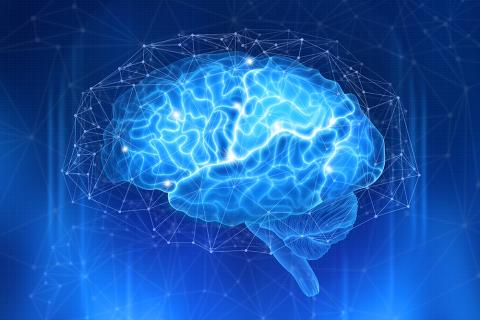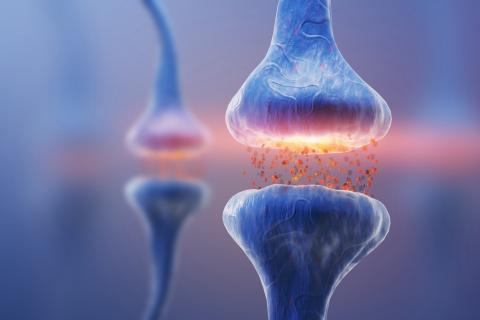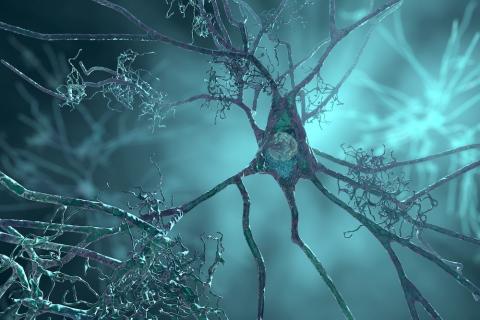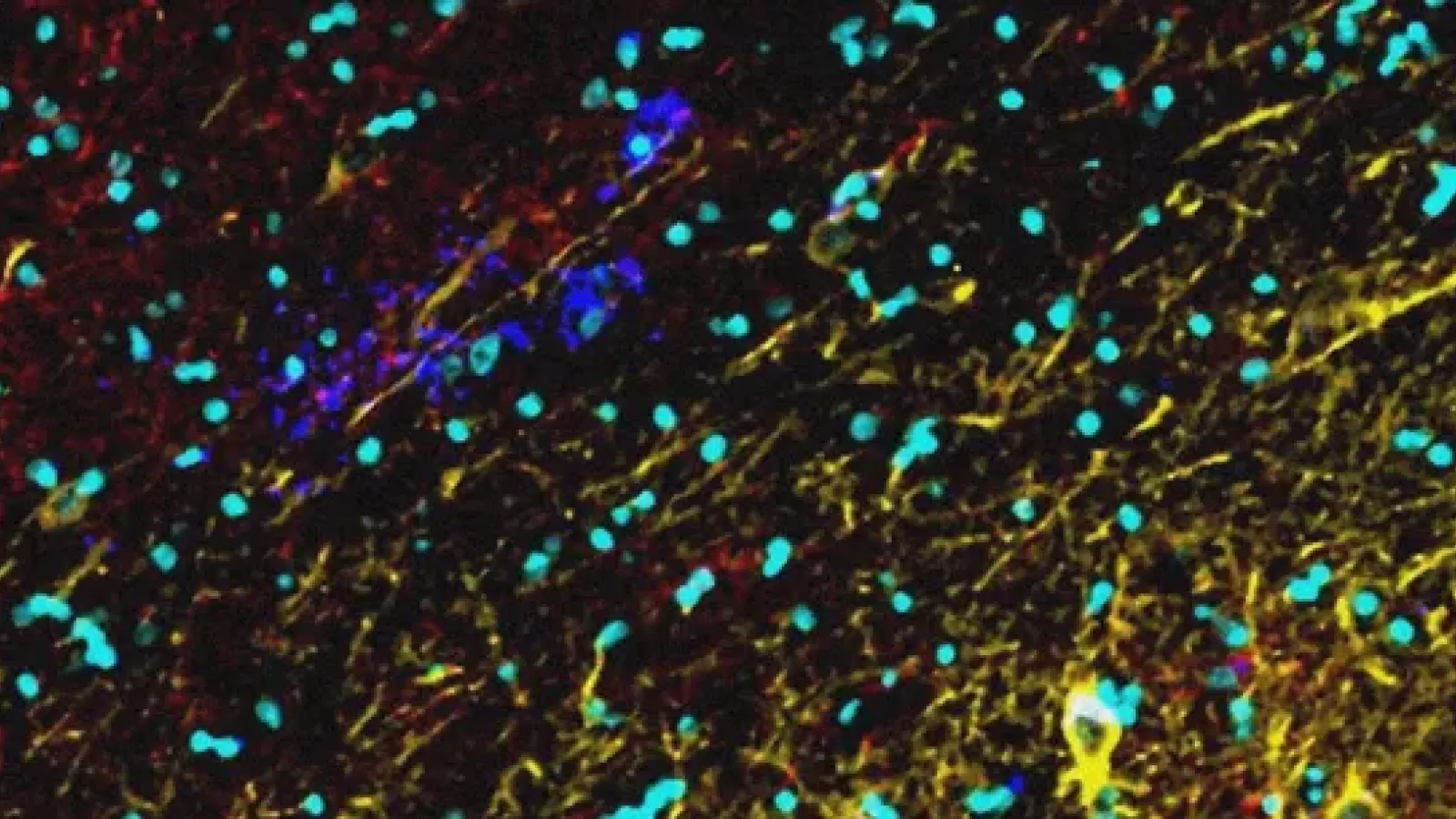
Key details
Alzheimer’s accounts for two thirds of all dementia cases, and yet our understanding of the underlying causes is still very limited. Uncovering the biological mechanisms behind the disease is essential in finding ways to treat it. The Multi-‘omics Atlas Project (MAP), which ran from 2020 to 2023, was set up to create an ‘atlas’ of the brain at different stages of Alzheimer’s, to improve understanding of the processes that lead to people developing the disease.
The research team studied the brains of 14 people who had Alzheimer’s and 14 controls. The team used an unprecedented range of advanced techniques to examine tissue from multiple brain regions, aiming to gain an understanding of the genetics, and the role of proteins and other factors in key characteristics of Alzheimer’s disease.
The main aim of the project was to develop a resource pool for the research community. Data from the project will soon be made publicly available on the MAP website.
invested into the project
different brain regions examined
Alzheimer's brains and 14 control brains studied
News



Collaborators





UK DRI labs


